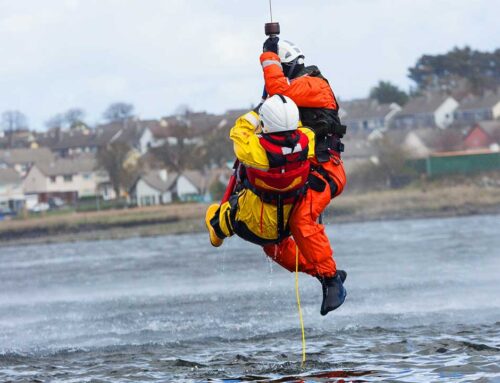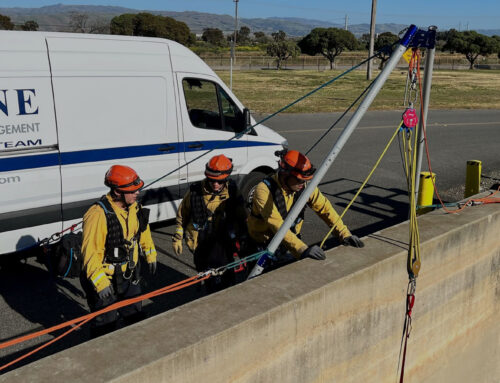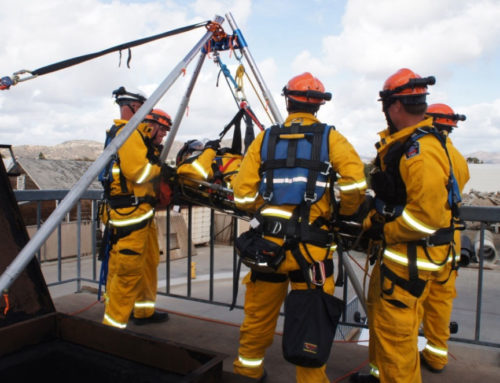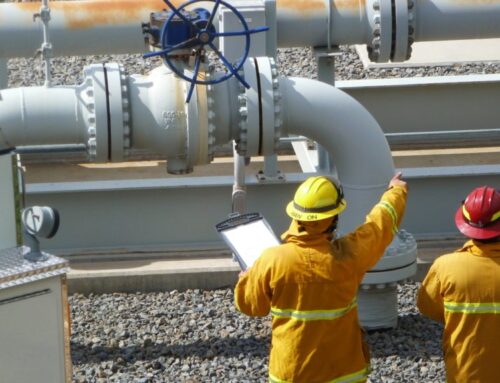The revision of the Walking-Working Surfaces rule for General Industry (GI) had been a long time coming for OSHA. There have been fall protection rules with vague or missing wording in the 29 CFR 1910 Subpart D standard ever since it was adopted in 1971. In 1984, an OSHA standard directive number STD 01-01-013 outlined the way to cite a general industry worker on an elevated surface above 4 feet. The worker would be cited as a violation of the general duty clause of the OSH Act Section 5(a)(1) or 29 CFR 1910.23(c)(1) depending on a technical definition of the platform.
These new regulations (to Subpart D and Subpart I) in 2017, have made the fall protection requirements for general industry align to great degree with construction. This article will give the first three of seven keys to understanding how the general industry employer must adapt their workplace to be in compliance with the latest OSHA regulations.
-
The General Requirements in 1910.22
Within the general requirements, the new requirements outline:
- 22(a) Surface conditions – outlines the former housekeeping guidance
- 22(b) Loads – gives a performance criteria that says surfaces must be able to support the maximum intended load (instead of the requiring marked plates of approved design securely affixed on to the building to denote the floor loading)
- 22(c) Access and egress – employees must have a safe means of access and egress
- 22(d) Inspection, maintenance, and repair – this is closer to the former housekeeping ruling with an additional requirement for regular inspection and repaired before workers are allowed back on the surface.
-
Ladders
The major change in this ruling is the inclusion of all ladders and not a segment of wood and metal ladders. There are many specification requirements throughout this section that detail acceptable distances and clearances. Portable ladders even have a new requirement to be secured or guarded to prevent accidental displacement if it is in a place located in a passageway, doorway, or driveway. An exception to the ladder ruling is when they are used in an emergency operations setting such as firefighting, rescue, and tactical law enforcement operations or for the training of those workers. Also, if a ladder is designed into or is an integral part of machines or equipment, then it is exempt from the ladder rules.
Fixed ladders extending more than 24 feet above a lower level received big changes in this regulation. Existing fixed ladders installed before November 19, 2018 must be equipped with a Personal Fall Arrest System (PFAS) or ladder safety system, cage, or well. New fixed ladders installed on or after November 19, 2018 must have a PFAS or a ladder system. The deadline to equip all fixed ladders with a PFAS or ladder system is November 18, 2036 (yes, 2036).
-
Scaffolding
Another bombshell in the rule is 1910.27(a), which states: Scaffolds used in general industry must meet the requirements in 29 CFR part 1926, Subpart L (Scaffolding). There was a bit of a disconnection in the old GI regulations for scaffolding, such as:
‘Competent person’ wasn’t used in the standard to determine who can erect, dismantle, move, or alter a scaffold. In the construction standard, it is clearly stated that a competent person qualified in the activities of scaffolding is the only one allowed to undertake these tasks (29 CFR 1926.451(f)(7)).
The gap between the planks can only be no more than 1 inch. The past rule was “planking shall be overlapped or secured from movement” and “platform planks shall be laid with their edges close together so that platform will be tight with no spaces through which tools or fragments of material can fall.”
Planks that had snow or ice on them had to have the snow or ice removed and the planks sanded prior to use. The ruling in Subpart L of construction states the only person allowed on an ice or slippery scaffold plank was the person removing the slippery material. No sanding is required in this standard.
There are many more changes in the scaffolding rules. Please refer to OSHA’s 29 CFR 1926 Subpart L for more information.
Capstone Fire & Safety Management’s Project Safety Specialist provides work site observation and hazard assessment observing OSHA and other safety regulations to ensure safe workplace conditions and employee adherence to safe work practices. Contact us to discuss your workplace safety needs.
In the next article on “Keys to Understanding the Fall Protection Regulations for General Industry” we’ll discuss:
- Duty to have Fall Protection and Falling Object Protection
- Roof Work
- Deadlines
- 30 Training






